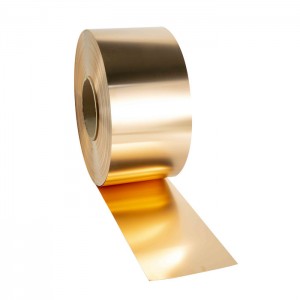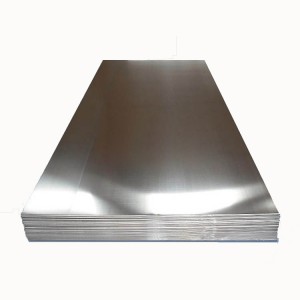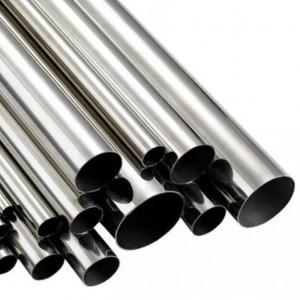|
Alloy Grade |
Standard |
Chemistry composition% |
|||||||
| Sn | Zn | Ni | Fe | Pb | P | Cu | Impurity | ||
| QSn6.5-0.1 |
GB |
6.0-7.0 | ≤0.30 | --- | ≤0.05 | ≤0.02 | 0.10-0.25 | Remains | ≤0.4 |
| QSn8-0.3 | 7.0-9.0 | ≤0.20 | --- | ≤0.10 | ≤0.05 | 0.03-0.35 | Remains | ≤0.85 | |
| QSn4.0-0.3 | 3.5-4.9 | ≤0.30 | --- | ≤0.10 | ≤0.05 | 0.03-0.35 | Remains | ≤0.95 | |
| QSn2.0-0.1 | 2.0-3.0 | ≤0.80 | ≤0.80 | ≤0.05 | ≤0.05 | 0.10-0.20 | Remains | --- | |
| C5191 |
JIS |
5.5-7.0 | ≤0.20 | --- | ≤0.10 | ≤0.02 | 0.03-0.35 | Remains | Cu+Sn+P≥99.5 |
| C5210 | 7.0-9.0 | ≤0.20 | --- | ≤0.10 | ≤0.02 | 0.03-0.35 | Remains | Cu+Sn+P≥99.5 | |
| C5102 | 4.5-5.5 | ≤0.20 | --- | ≤0.10 | ≤0.02 | 0.03-0.35 | Remains | Cu+Sn+P≥99.5 | |
| CuSn6 | 5.5-7.0 | ≤0.30 | ≤0.30 | ≤0.10 | ≤0.05 | 0.01-0.4 | Remains | --- | |
| CuSn8 | 7.5-9.0 | ≤0.30 | ≤0.20 | ≤0.10 | ≤0.05 | 0.01-0.4 | Remains | --- | |
Good yield strength and fatigue strength
Phosphorus bronze strip can withstand repeated cycles of stress without breaking down or deforming. This makes it an ideal material for use in applications where reliability and durability are critical, such as in the manufacturing of springs or electrical contacts.
Good elastic properties
Phosphor bronze strip can bend and deform without losing its original shape or properties, which is essential in applications that require high levels of flexibility or where parts need to be formed or shaped.
Excellent processing performance and bending performance
This feature makes tin phosphor bronze easy to work with and form into complex shapes. This is important in applications where parts need to be customized or tailored to specific requirements.
Better ductility, durability, corrosion resistance
The high ductility of bronze strip allows it to stretch and bend without cracking, while its durability ensures it can withstand harsh environments and extreme temperatures. Additionally, tinned copper strip's corrosion resistance makes it a popular choice in marine and outdoor applications where exposure to saltwater and other corrosive elements is common.
INDUSTRIAL COMPONENTS
Phosphor bronze is known for high performance, processability, and reliability. It's used to make parts for many industrial fields. It's an alloy of copper containing both tin and phosphorus. This gives the metal more fluidity in its molten state, allowing for easier casting and molding processes like press punching, bending, and drawing.
It's commonly used in the manufacturing of springs, fasteners, and bolts. These parts need to be resistant to fatigue and wear while exhibiting high elasticity. Digital electronics, automatic controllers, and automobiles all contain parts made with Phosphor Bronze.
MARINE
To be considered marine-grade, the material used in underwater components must be able to resist corrosive effects common to water environments.
Components like propellers, propeller shafts, pipes, and marine fasteners made from phosphor bronze possess very good resistance to corrosion and fatigue.
DENTAL
As strong as phosphor bronze is, its properties also lend themselves to delicate, everlasting application in dental bridges.
The benefit in dental work is its resistance to corrosion. Used to provide the basis for tooth implants, dental bridges made with phosphor bronze typically maintain their shape over time, and can be used to make partial or full implants.









